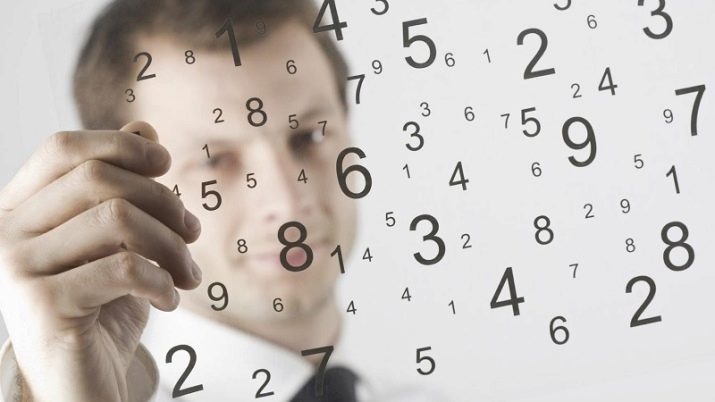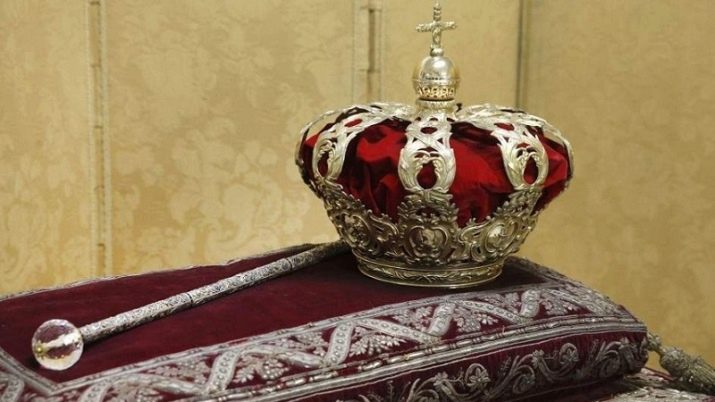Halls of the mind: what is it and how to develop it?

Most modern people associate the phrase "halls of reason" with the legendary detective Sherlock Holmes. The famous character, created by the great Arthur Conan Doyle, skillfully used some techniques, which received a common name - the palaces of the mind. This work has been filmed more than once, and each time the directors show this detective's ability in a new way.
Modern technologies allow the viewer to literally get into the brain of the detective. And therefore, after the showing of the last English version of the series with Benedict Cumberbatch in the title role, the palaces of reason attracted the interest of millions of people around the planet.
What it is?
The palaces of the mind - a special method of memorizing information, which was described even before our era in the textbook "Rhetoric for Herennius", the author of which is unknown. This method has several names. It is often called the method of Cicero, the method of places or the method of loci from the Latin locus - location.
In any case, the technique is used to improve memory. That is why the method is also known under one more name - the palace of memory.

How to create?
Can you and I independently create our own palace of memory, enter it, or is it subject only to such great minds as Sherlock Holmes? Experts say that mnemonics are available to everyone. Anyone can build their own palace of memory and learn how to use it no worse than a brilliant detective. The main thing is desire and patience.
True, opinions differ as to how and where to build the palace. Some believe that it should certainly be based in a familiar environment - in an apartment or even exclusively in a separate room. Others believe that the coveted palace should be created from scratch, from scratch. You need to build in your imagination a completely new space, for example, a medieval castle.
Proponents of the familiar environment claim that it is best to place the palaces of the mind along a well-known street route, for example, on the way from home to work. Some people use their workplace, favorite club, museum or even church to create them. In any case, this will help to master the secrets of mnemonics (a set of techniques for memorizing the necessary information).
One of the simplest, and therefore suitable for beginners, is the memory palace, created in its own bedroom. In it you are familiar with every corner. However, to create "palaces" in it, it is necessary to enter a familiar environment, as it were, anew.
Next, define in it the places where you will mentally place the information you need. Such places can be a dressing table, a bedside table, a pillow, a headboard, a mirror, and so on. The creation of "palaces" is akin to meditation, many close their eyes to this, use relaxing music. It is necessary to mentally walk through the place chosen to create the "palace" several times. Remember every detail there and only then post information there.
The better you study your palace, the better it will help your memory in the future. If you want, you can fill your palace with other clues - smells, for example. It is also recommended to draw it in all the smallest details, discuss it with friends. And only then can you reliably place the necessary information there.

You need to go around your abstract domains in the same order each time. That is, strictly clockwise or vice versa. If you have chosen a street for your "palaces", then lay one single route there. And always start it from the same place. So let's get started.
- Each memory in your virtual palace must be stored as an item... For example, in order not to forget about meeting a new person, you can hang his photo at the head of the bed. By the way, here you can fix other "knots" as a keepsake.
- It is recommended to divide the imaginary space into several zones., each has room for four to five visual memories.
- If your room has two absolutely identical shelves, then only one can be used to store information. It is better not to allow repetition in this case, confusion may arise.
- We go through our palace further. If you plan to get to the store the other day, you can also make a shopping list using your “palace”. Place the necessary products mentally on a pillow, bedside table, bookshelf and so on, if you wish, add smell, color, music to the visual row, well, or imagine how a cassette of eggs fell from the table and milk spilled onto the computer keyboard. Then, having come to the store and mentally returning to your "palace", you will definitely not forget to buy eggs and milk. A shopping list is, of course, not a brilliant idea for using this memorization method, in a supermarket it is probably easier to use a regular handwritten list or crammed into a phone, but it is a great opportunity for beginners to try out the skills of managing a memory palace.
- With experience will come the opportunity to use the skills in more important situations, such as passing an exam or credit, giving a lecture, and so on. With the addition of each item, tour your domain over and over again so you don't miss a beat. This is the only way you will be able to recreate the picture invented in your head on demand. This will make it easier to create and then reproduce the associative array.
Experts say that if you wish and use the palace of memory correctly, you can “hammer” into your own memory up to a thousand telephone numbers or words of a foreign language.

How to develop?
So, we figured out how to create and get into the memory palace. But like any building, your "palaces" require maintenance.Don't forget to visit your domain. Do such locus training, or as they are often called - mental or mental walks, regularly, spend at least 15 minutes a day in them, even if you have nothing to add to the existing environment there... Thus, we train our brain, and as a result, our intellect.
Memorization techniques
In order to better remember the objects-memories placed in the "palaces", there are several methods. With their help, it is easy to remember complex foreign words, the right numbers and dates, the menu for a festive dinner. In general, Loki's method can be useful to anyone - from a housewife to a financial tycoon. Here are some secrets to help you master it.

Digital imaging
In order to remember the numbers, they also need to be visualized. And even shocking pictures will do. Experts say they are even more powerful than emotionally neutral... For example, you need to memorize the number 128 - imagine one as a spear, two as a swan, and then imagine how one blow blows the bird into eight parts at once. Cruel, but believe me, the number 128 will remain in your memory for a long time.
Suppose you need to remember the number 194102. You should break it down into parts: 1941 - the year the war started, 02 - the police phone number. You can visualize each number: 7 is an ax, 0 is a wheel, 8 is a snowman, and so on.
Another option. You need to remember to congratulate the mother of your bride on January 12th. Imagine Ostap Bender from “12 Chairs” by Ilf and Petrov. Yes, the same one with a long scarf, but not very fresh, right after the New Year holidays. Remember the birthday of your future mother-in-law? It seems that you will not forget him, no matter what happens.

Consonances
This method works well for learning foreign languages. In Turkish the word "salt" is consonant with our card "ace". For better memorization, we put a box of salt with an ace on the shelf, keep our attention on this mental structure for at least 5 seconds and leave it there for as long as we need this information. As soon as this corner of the world of abstraction needs to be freed, our memory will do it easily and without regret. She always easily part with information that has ceased to be necessary and important to us, which is why it is so easy to forget information that we do not use in everyday life.
By the way, this can happen without your will. If you leave your possessions in your head unattended for a long time, they will soon disappear, or, more simply, they will atrophy like muscles without training. So if you have already decided to create your own memory palace, then you need to visit and update it every day.
This should become a good habit. Over time, its area can be expanded as much as your imagination allows.

Symbolization
There are symbols that are fixed in the minds of most people. At the same time, people themselves have never thought about creating palaces of consciousness. For example, most people associate the tortoise with slowness, the red cross with health care, the scepter and crown are symbols of power. To better remember this or that information, come up with a suitable correct symbol for it and put it in an empty place in your memory palace.
Symbols will come to mind easily and naturally, at your first request for the reproduction of this or that information.

Interesting Facts
According to some reports, the loci method was invented by the ancient Greek poet Simonides, who lived from 556 to 468. BC. According to legend, he was the only one who survived after the collapse of the building, where he feasted with his comrades and not only. When asked to identify the victims, he did so without much difficulty, simply remembering where one of them was sitting at the table before the disaster.
According to other sources, the first palaces of reason were created in their heads by masters of rhetoric back in ancient Rome. They just had no choice.Roman orators were not allowed to use the notes during their speeches. Therefore, they began to use this method to memorize numerous facts. In those distant times, oratorical speeches were not regulated and lasted for several hours.
Memorization championships are held in the world today. During these competitions, participants memorize more than a hundred words literally in moments, in one or two seconds. One of the most famous champions of such tournaments is the English author of books on memory development Dominic O'Brien. In 2002, he set an impressive record by memorizing a sequence of 2,808 cards by looking at each of them only once.
What are you capable of, you can try to find out right now - just start building your memory palace. Numerous articles and books published on this topic will help to improve in this matter. But do not forget - we live in the age of computer technology, when the good old Sherlock Holmes with his deduction was replaced by the modern Sherlock, with the palaces of reason.
The memory palace can also be built using innovative methods - with the help of a computer, go back there and change the order there whenever you want. Simulate and experiment.









